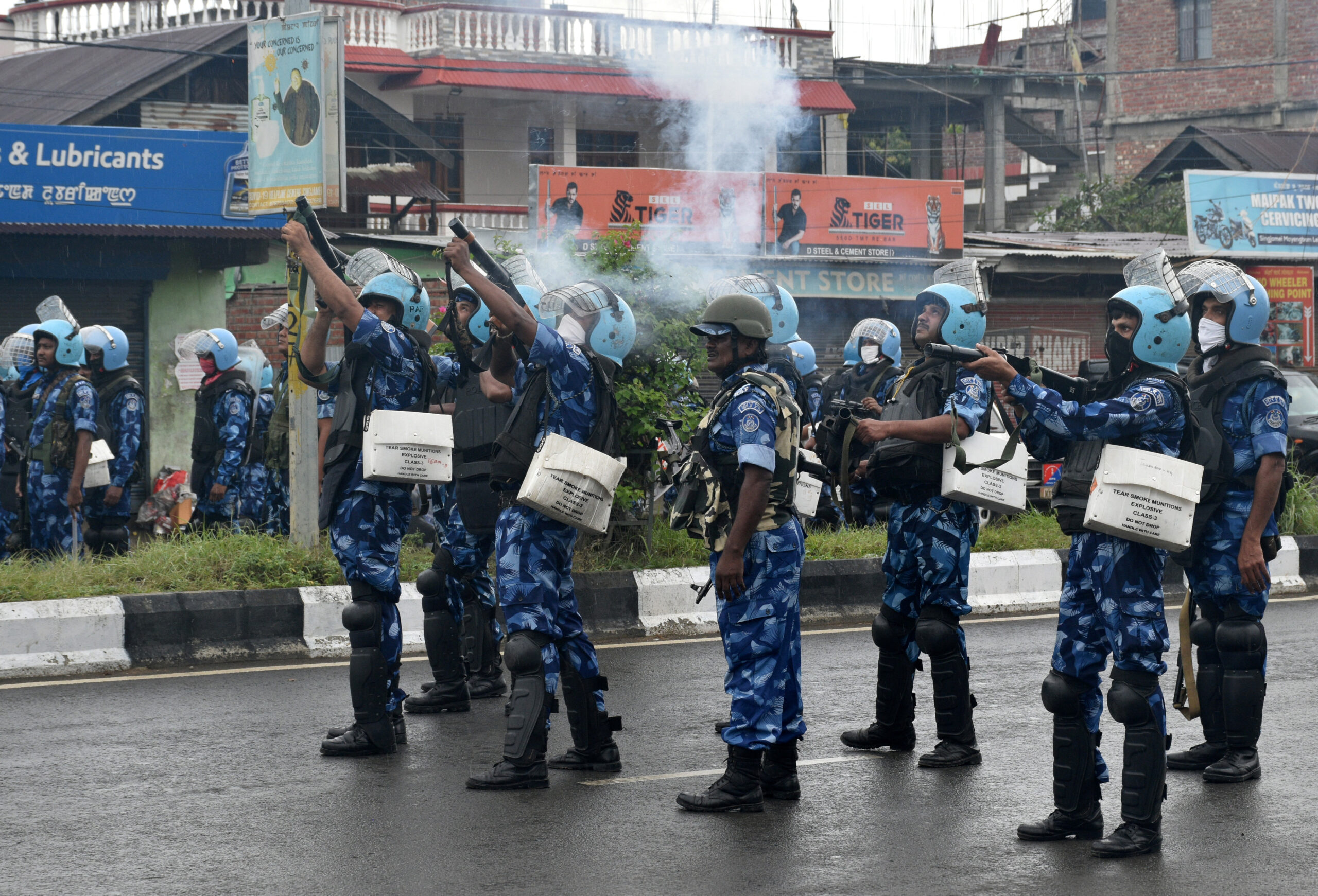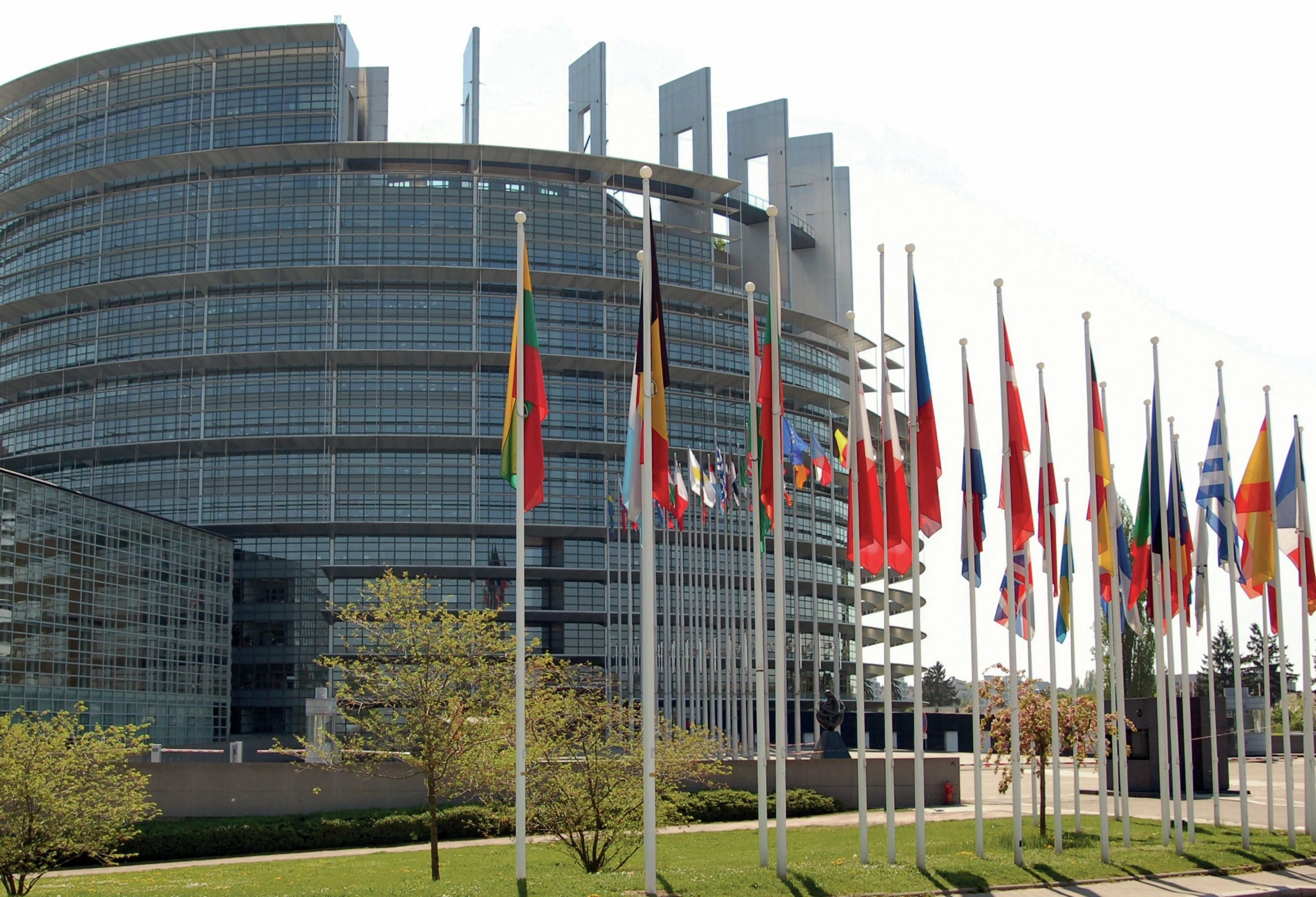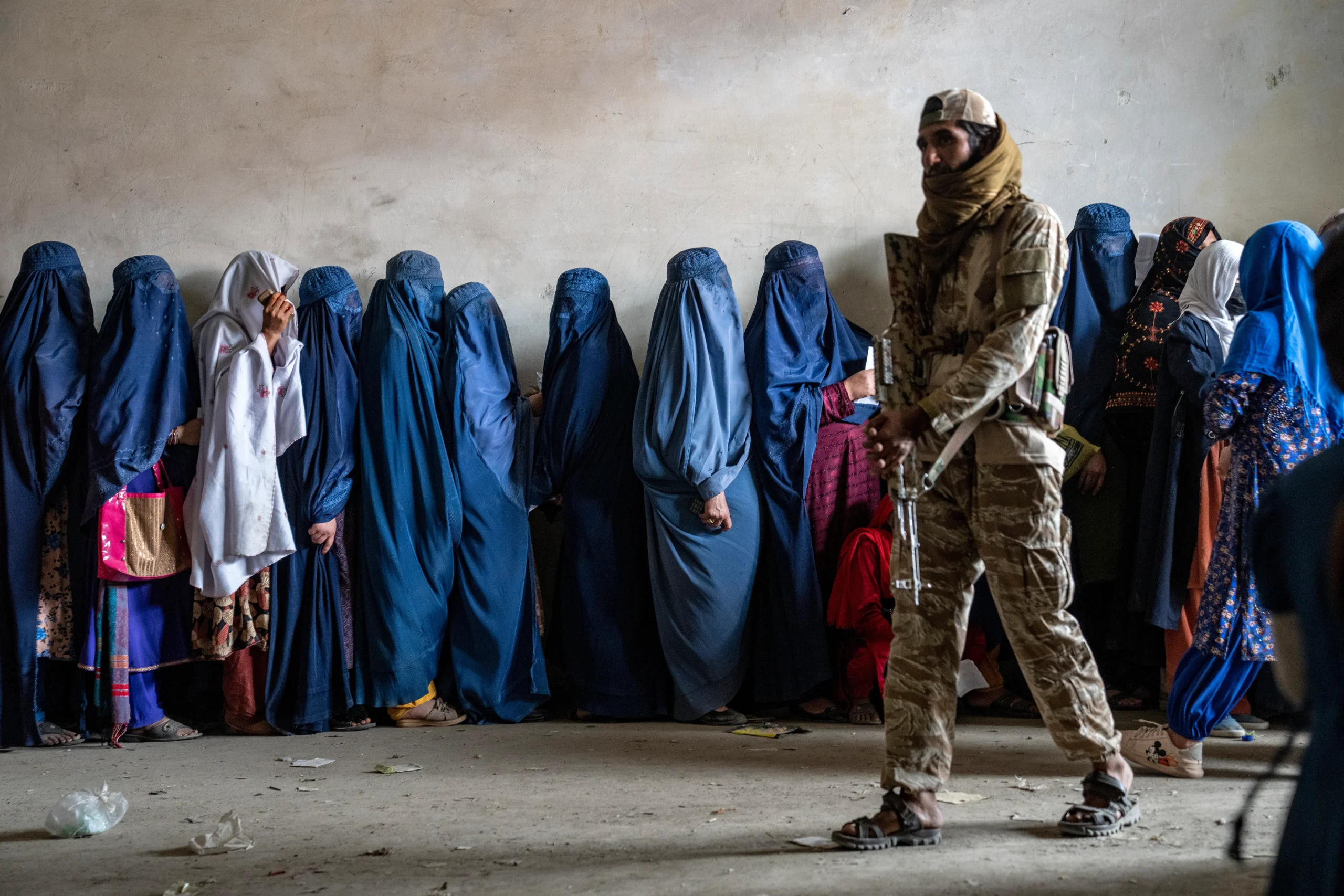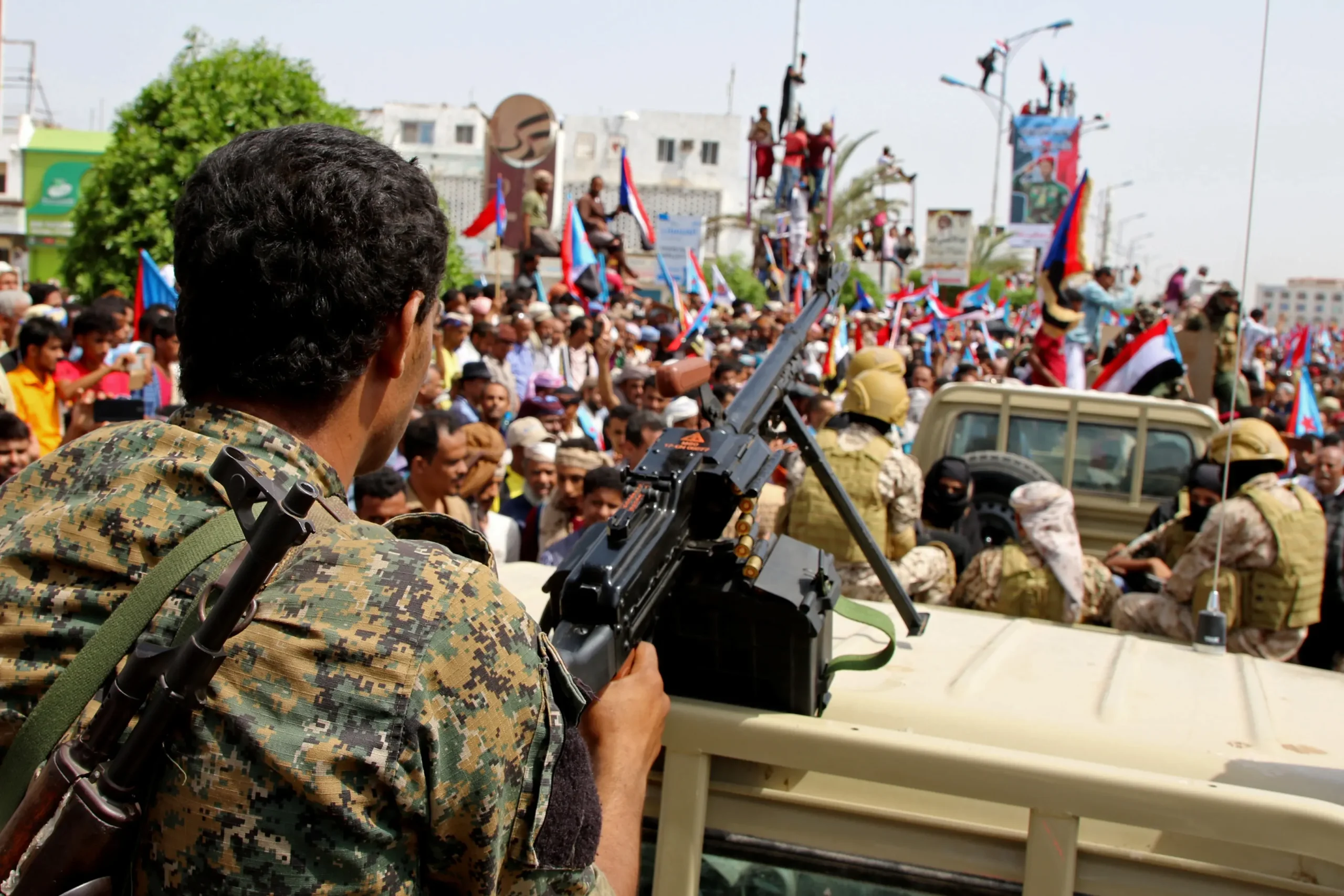According to a recent report by Brown University, the almost two-decade war in Afghanistan has cost the US $2.26 trillion.
Brown University\’s Watson Institute for International and Public Affairs released a report. According to this, prices will continue to escalate even though the last American service member leaves Afghanistan later this year. The forces will leave by 11th September, as the Biden administration has promised.
The Watson Institute\’s Costs of War survey, published Friday, tally the staggering cost of the country\’s longest war, as the Biden administration plans to pull the last few thousand troops out of Afghanistan by Sept. 11. The projected congressional funds for the war, which included operations in both Afghanistan and Pakistan, were gathered for the study.
The Afghan war has cost $2.26 trillion, and the bill will continue to rise long though the last American troops depart.
Afghan War isn\’t Budget-Friendly to America
According to the survey, the Defense Department\’s Overseas Contingency Operations budget accounted for $933 billion. In other words, 41% of the overall costs of the war effort. Budgetary limits levied on the remainder of the department had little effect on the infamous OCO budget. The OCO budget was used to pay for war efforts. Consequently, it expanded significantly over time.
Apart from the OCO budget and the expenses of directly fighting the war in Afghanistan, there are other concerns. The DoD\’s base budget had its own war-related changes. According to the Watson Institute, the military\’s gross spending increased by $443 billion, making it the third-highest expense of the war. The $530 billion in interest rates incurred as a result of borrowing funds to pay for the war.
According to the report, the US has also invested $296 billion in veterans of the Afghanistan war. According to the study, the State Department\’s own OCO war budget was $59 billion.
These costs, however, are not yet complete. According to the Watson Institute, the report did not include the treatment expenses for war veterans. Further, it also didn\’t include the potential interest rates on money lent for the war.
$1 Trillion for Peace or More Bloodshed?
According to the survey, up to 241,000 people died as a direct result of the war in Afghanistan and Pakistan. According to the survey, 2,442 US soldiers, six Department of Defense civilians, 3,936 US contractors, and 1,144 allied troops died in the battle. Many individuals lost their lives, which included almost, 69,000 Afghan national military and police personnel. Likewise, Pakistan lost a total of 9,314 of its troops and police.
According to the study, the war claimed the lives of 136 journalists and media staff, as well as 549 humanitarian workers.





